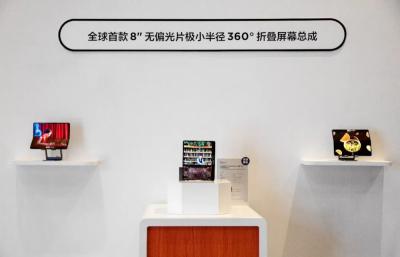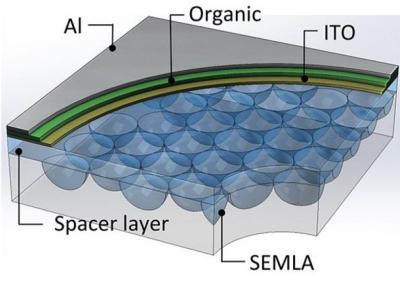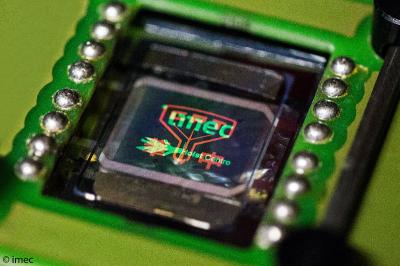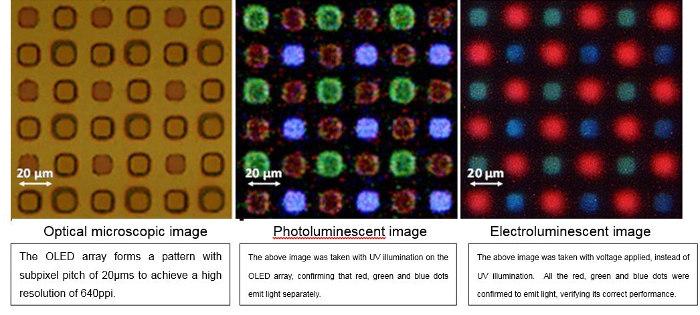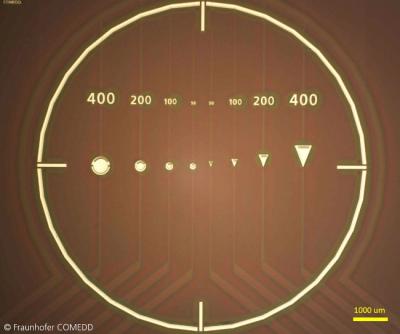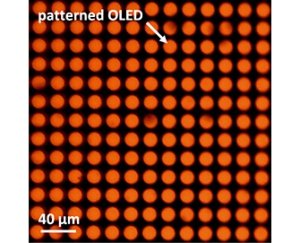Visionox shows its latest OLED prototypes and technologies at Display Week 2023
China-based Visionox demonstrated many OLED displays and new technologies at Display Week 2023.
So first up, we have some rollable and foldable OLEDs. You can see some impressive looking such flexible OLEDs in the video above, and Visionox featured many such displays at their booth.


